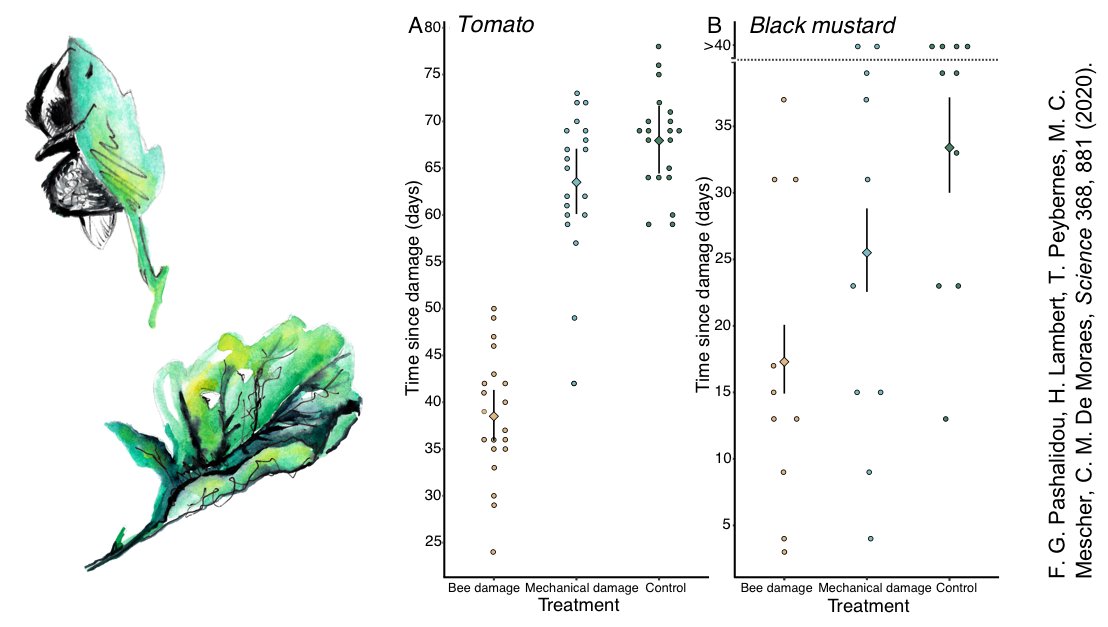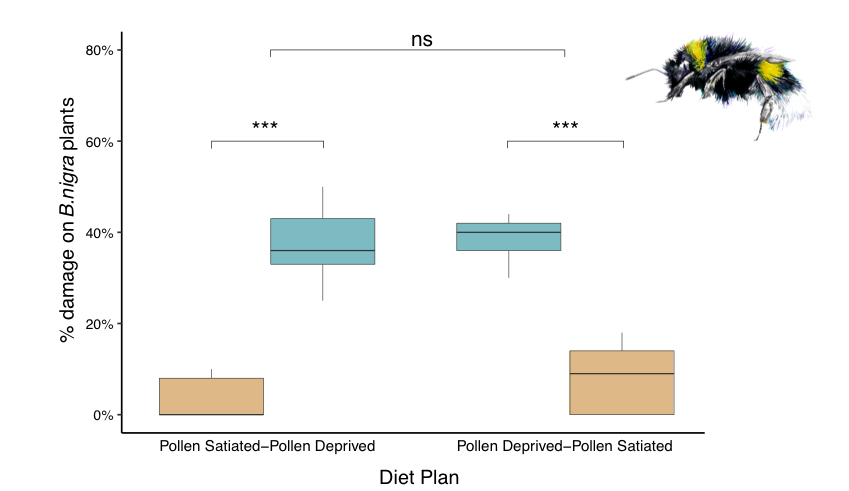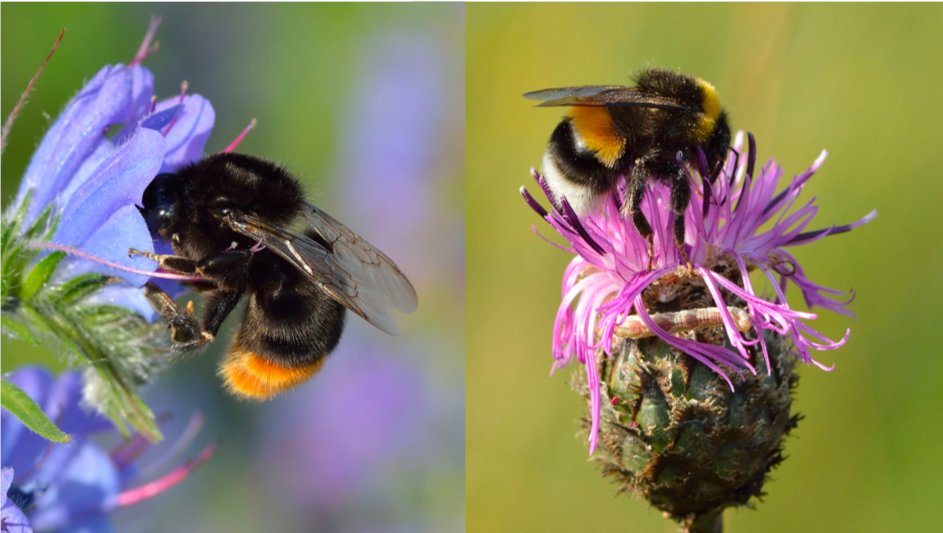We show how #Bumblebees make plants flower earlier - bumblebees are gardening!
A thread 1/17 👇
Paper: science.sciencemag.org/content/368/64…
@ETH_en & @usys_ethzh
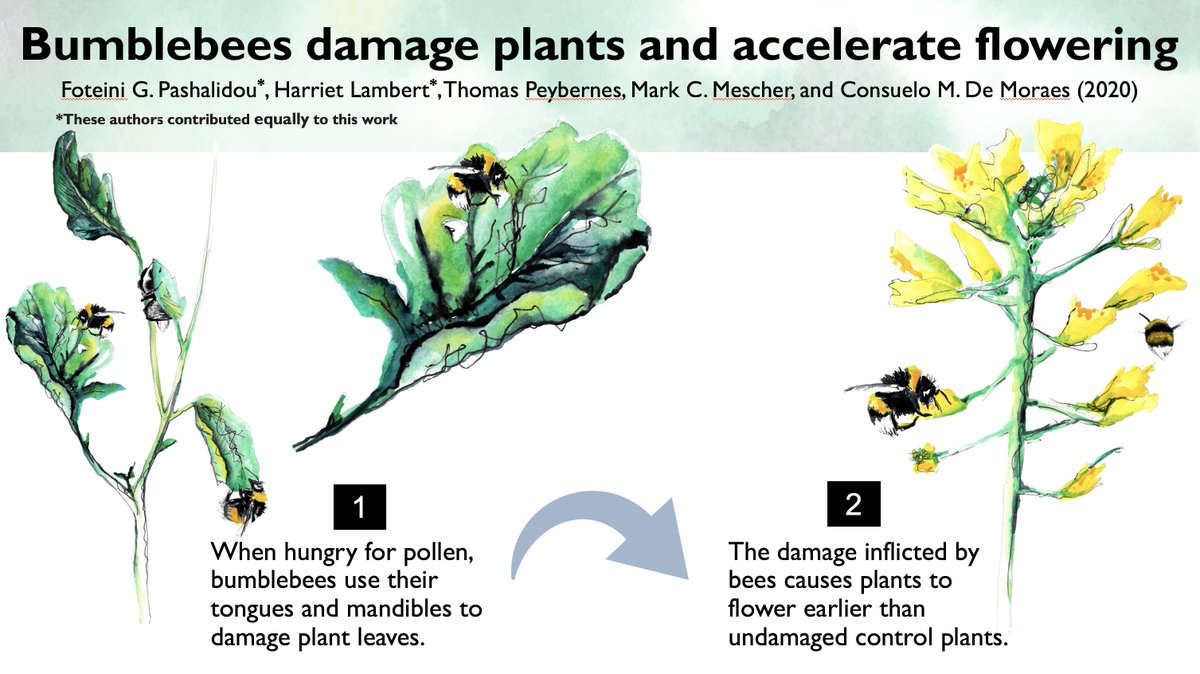
Unlike honey bees, bumblebees do not have a permanent colony. In autumn, each colony dies and only the young, mated queens hibernate, ready for spring when they start a new nest.
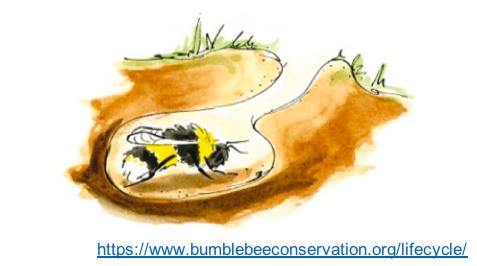
See Bumblebees: their behaviour and ecology by @DaveGoulson
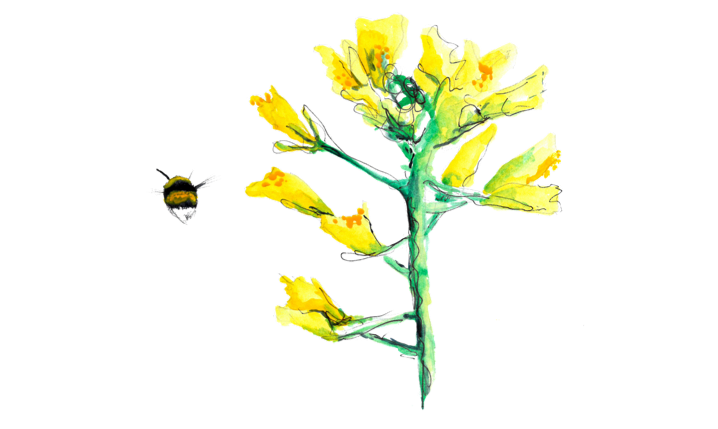
However, scientists observe increasing ‘hunger gaps’ owing to habitat modification and loss.
@TomTimberlake92
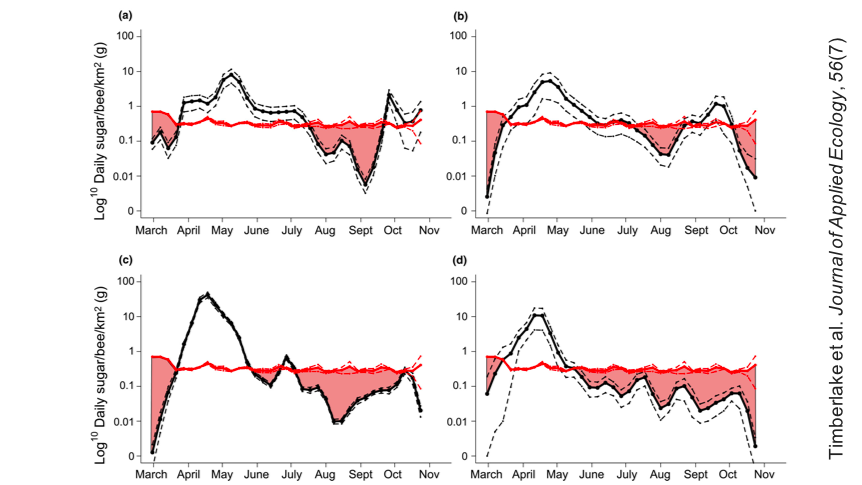
@PeterSoroye @tnewbold31
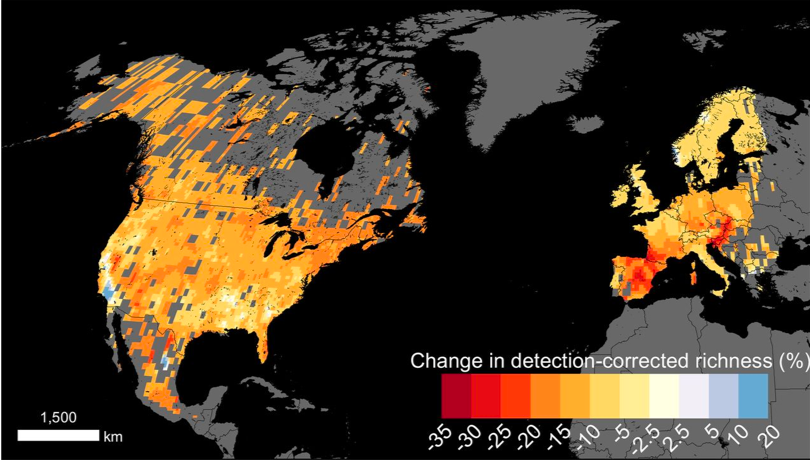
What if bumblebees could play an active role in shaping their environment?
Why were they doing this?
Photo credit: bit.ly/hannier_pulido

We started devising experiments to test whether multiple colonies would damage leaves in predictable ways.
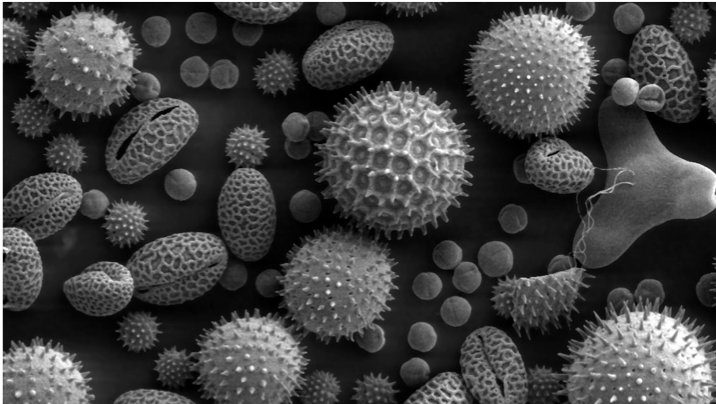
For two years, we repeated semi-natural experiments on roofs at @usys_ethzh. We found that bumblebee colonies always made more damage when flowers were limited.
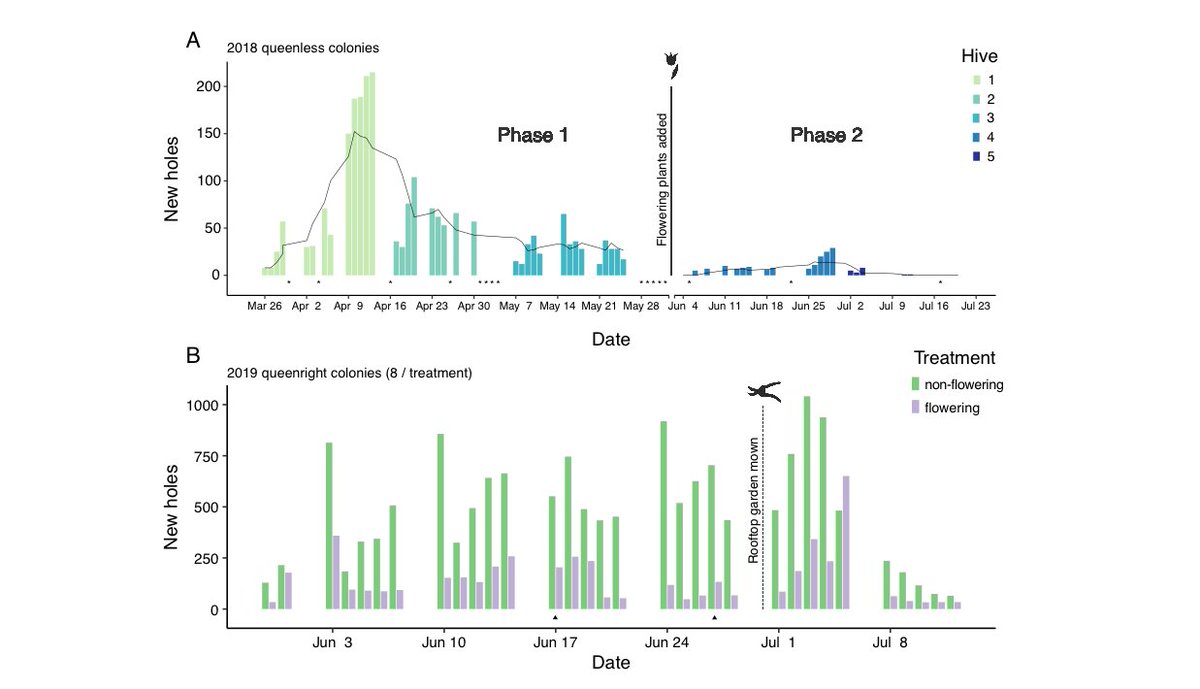
#PhenologicalMismatch
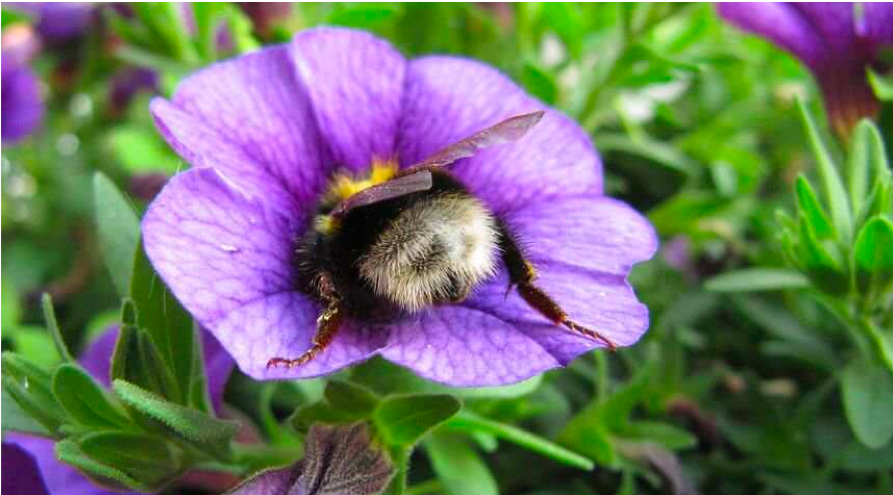
Thanks for the great perspective by @LChittka
science.sciencemag.org/content/368/64…

Thanks for reading & follow me for more!
Research group: biocommunication.ethz.ch
Paper link: science.sciencemag.org/content/368/64…

